If the tree or one of its branches develops a certain type of disease that is beyond treatment, then it would be necessary to remove the branch completely. Failure to do so could result in infection of the rest of the limbs or even infect the soil and surrounding plants. Some trees, such as maple, birch or walnut, have sap. It can be a little tricky to prune these trees in late winter or early spring, as they are still sticky.
Other trees that wait for spring leaves to bloom before pruning are apple, crab apple, cherry, plum, lilac and magnolia. The best time of year to cut down a tree would be during winter or early spring, when all the leaves have fallen off and the branches are free of them. You may be worried that frozen soil will make it more difficult to remove a tree, but the fact is that hot soil is more easily disturbed. Felling a tree is not an easy decision to make, but sometimes it is necessary.
For example, a dying tree can become dangerous if left unattended and cause costly damage to your property. But how do you know if you need to remove a tree? Unfortunately, the answer is not that simple and dry. Trees are complex living beings, vulnerable to disease, stress and old age, just like humans. They may not always show clear signs that they are dangerous or dead, but it is best to proceed with caution.
If you see fungus like mushrooms growing on the bottom of your tree, it may be slowly dying. Moss is not a problem; many healthy trees can be covered with moss. However, if you start to see rapid fungal growth on the trunk or along root paths, your tree is likely struggling to stay alive. After you have confirmed for a fact that your tree is not healthy and is dying, you may be considering cutting it down yourself.
Trees with invasive roots may need to be cut, especially if invasive roots cannot be removed without compromising the health of the tree.
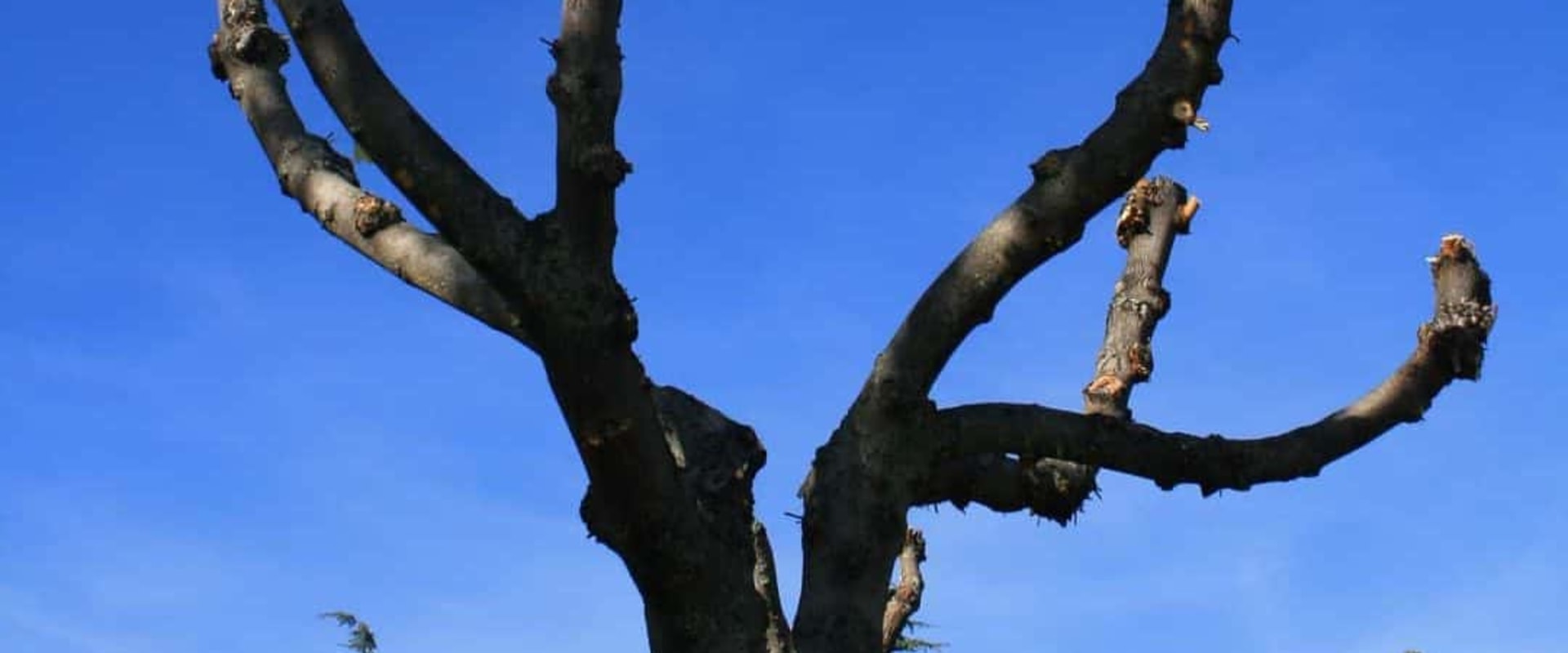
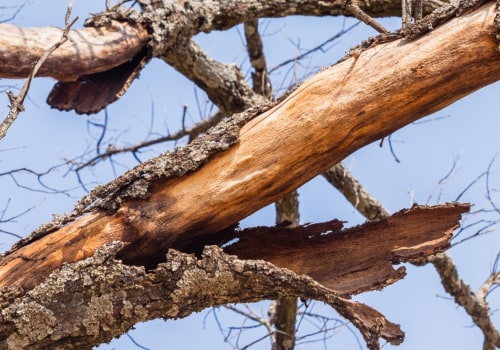
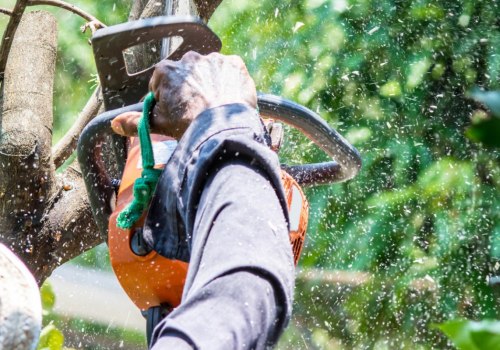
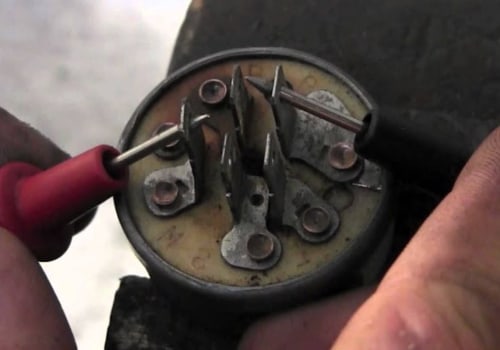
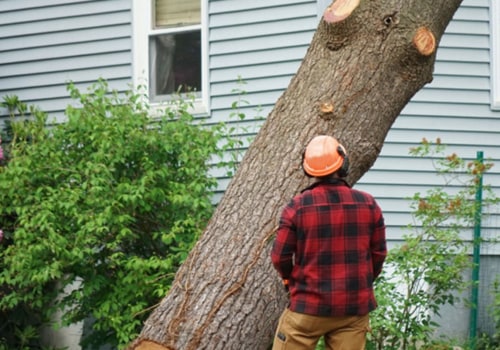
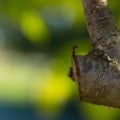
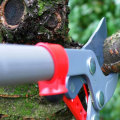

Leave Reply